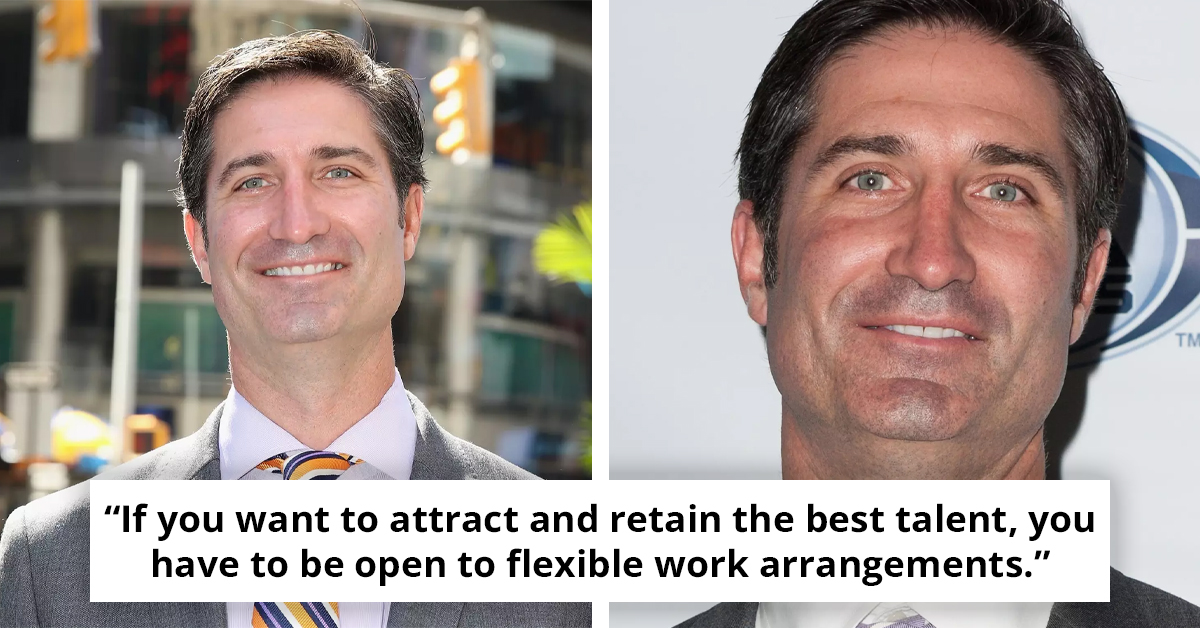
Elon Musk Reveals Tesla's Robovan—The Future Of Autonomous Public, And Experts Are Not Impressed
Will this futuristic, autonomous shuttle revolutionize how we travel in cities?

Elon Musk never fails to capture the world's attention with bold innovations, and Tesla’s latest reveal is no exception. During Tesla's highly anticipated We, Robot event in Los Angeles, Musk introduced the world to the Robovan, an electric, autonomous vehicle designed to reshape public transportation.
The Robovan is a futuristic concept that merges style and utility, offering a sleek, autonomous shuttle bus capable of carrying up to 20 people at a time. Its design is undeniably striking, featuring metallic silver exteriors with tinted windows, giving it a retro-futuristic vibe that Musk envisions as part of a new urban landscape.
With this prototype, Musk seeks to push the boundaries of transportation by creating a fully electric vehicle designed for high-density areas, ensuring an efficient and environmentally friendly solution for both passengers and goods. While details about the Robovan's cost, production timeline, and launch remain unclear, the unveiling of the prototype alone has sparked widespread excitement.
It's another step in Tesla’s ambitious goal to revolutionize the auto industry and, in turn, the future of mobility. However, as with any of Musk's big ideas, the public is left wondering when the dream will turn into reality.
Can Tesla bring this autonomous vision to life?
The Robovan’s debut at We, Robot had the tech world buzzing, not just for its futuristic aesthetics but for what it could mean for urban transportation.
Tesla's prototype is designed to tackle the challenge of moving large groups of people in congested cities while reducing the environmental footprint.
Capable of carrying up to 20 passengers, the Robovan offers a glimpse of a future where crowded public buses and ridesharing services may no longer be the norm. Musk envisions the Robovan functioning in cities where autonomous transportation would reduce the need for private cars, cutting traffic and emissions.
 Tesla
TeslaIn true Musk fashion, he kept the details about the vehicle's production and rollout vague. There were no official announcements on how much the Robovan would cost or when it would be available for consumers.
However, Tesla has a track record of delivering game-changing vehicles, even if their launches occasionally face delays. The Cybertruck, which also featured a radical design, has had its fair share of production hiccups, but that hasn’t stopped consumers from lining up to purchase one.
Similarly, excitement around the Robovan continues to grow, even with the lack of clear details.
The Robovan’s design stands out with its black accents and sliding doors that open from the center, reminiscent of both futuristic sci-fi movies and mid-century toasters.
Inside, passengers will find comfortable seating, standing room, and expansive tinted windows for a modern, spacious feel. What’s most notable is the lack of a steering wheel—a symbol of the Robovan’s fully autonomous capability.
As Tesla aims to reshape the look of roads with their vehicles, the Robovan stands as a beacon of what could be the next big leap in both urban planning and transportation.
 Tesla
TeslaWhile other companies like Zoox and Cruise have introduced similar autonomous vehicles, Musk’s Robovan surpasses them in scale and ambition. China’s WeRide has also ventured into this space with a Robobus, but Tesla’s offering is larger and, in typical Musk fashion, more daring in design.
The Robovan, if produced, could mark a significant moment in the development of sustainable, high-capacity transport solutions. Despite the excitement, questions remain about Tesla’s ability to meet its aggressive production goals.
At its 2023 Investor Day, Tesla announced an ambitious target of producing 20 million vehicles per year by 2030. That would require scaling production drastically—an increase of about 15 times from 2022.
Though there is much to speculate, one thing is clear: the Robovan is another bold move in Tesla’s mission to lead the future of transportation. Whether it reaches the market sooner or later, the Robovan showcases Tesla’s unyielding vision of transforming mobility as we know it.







